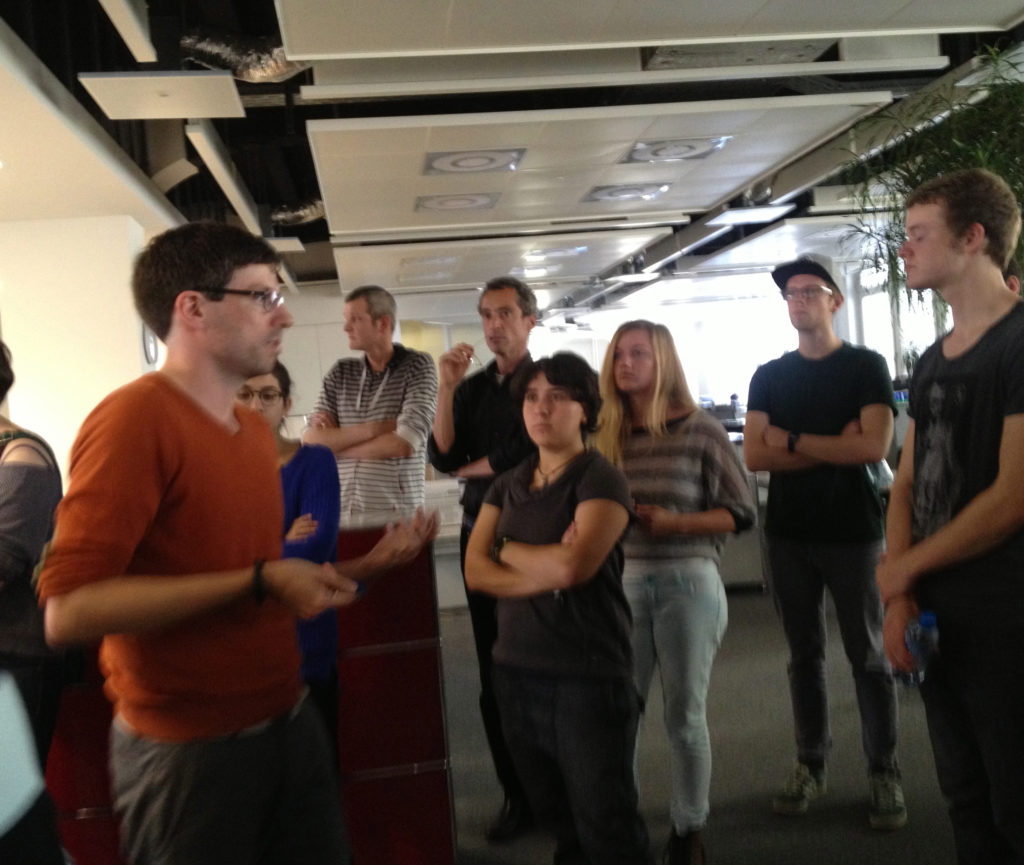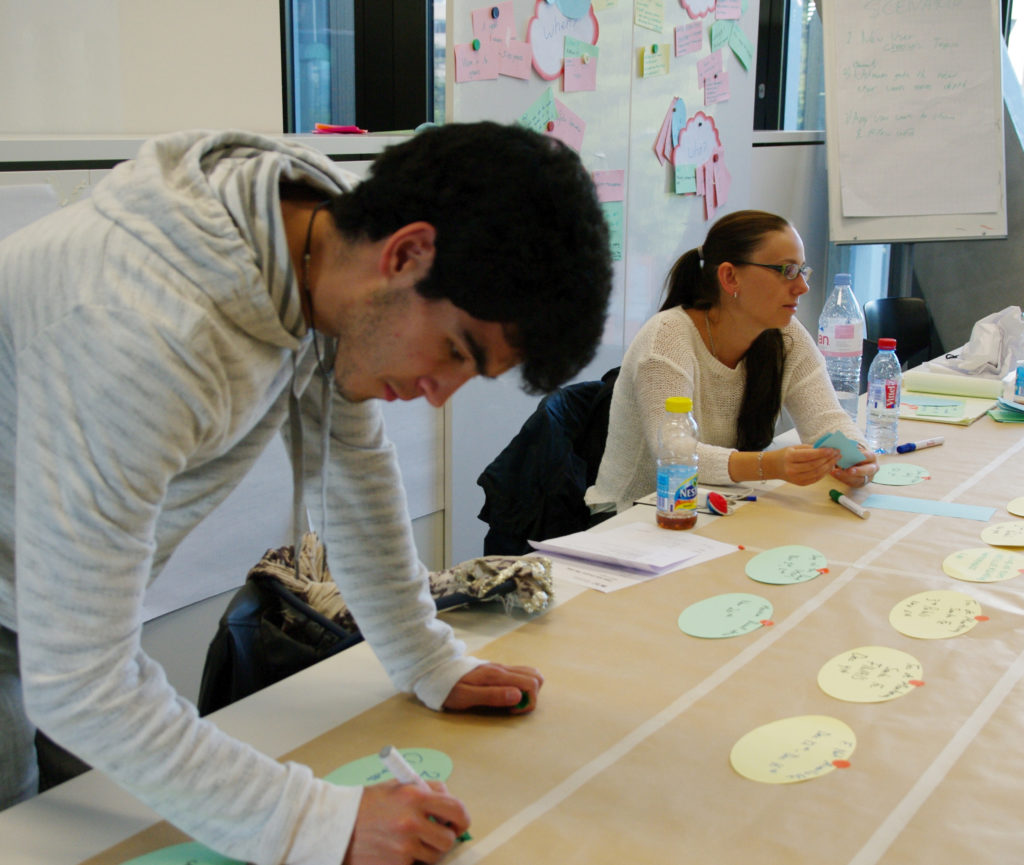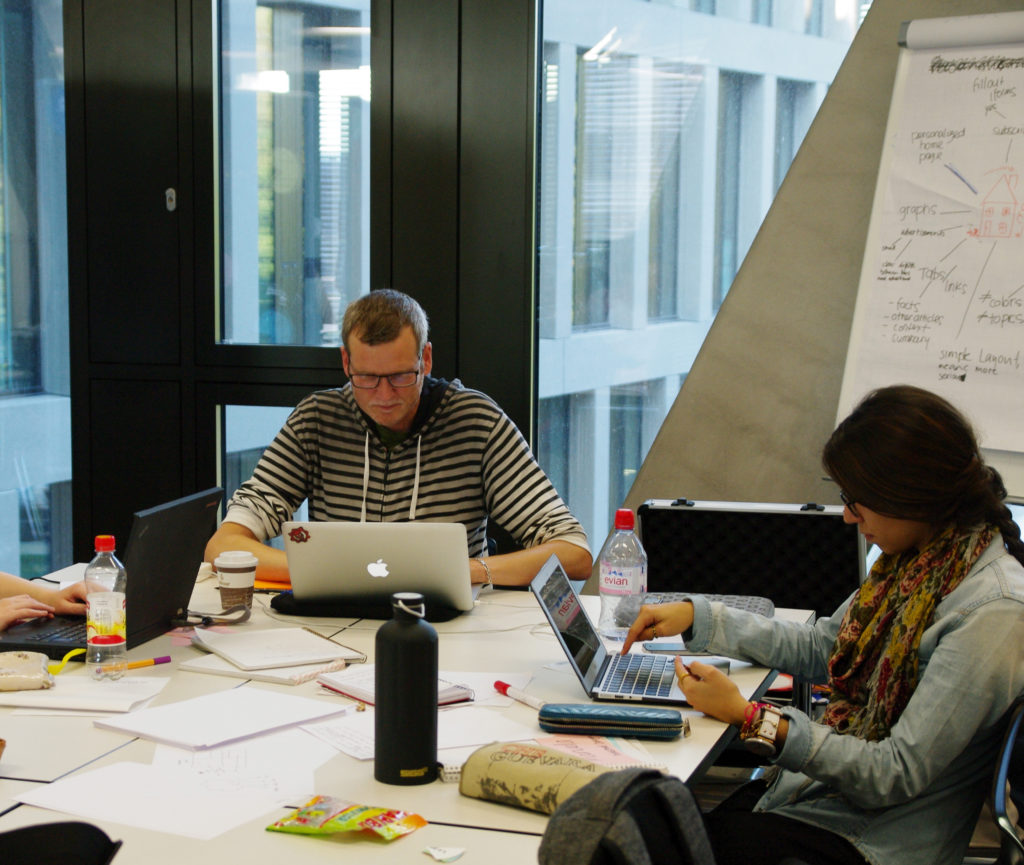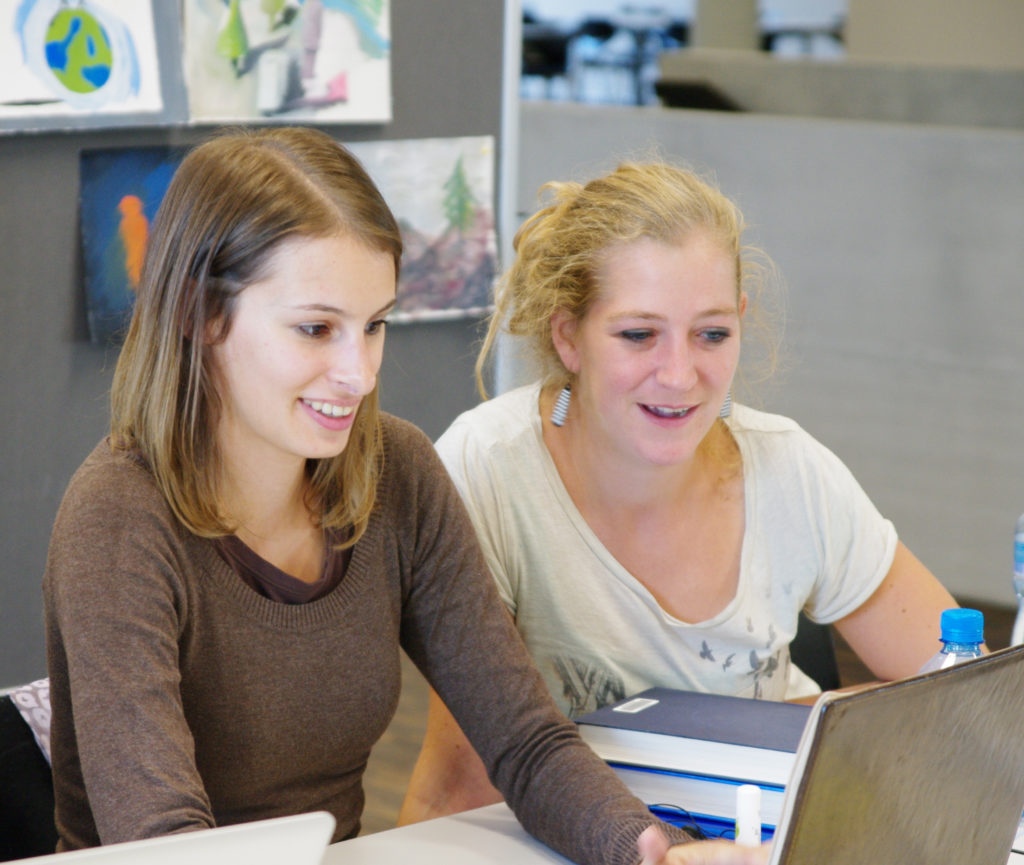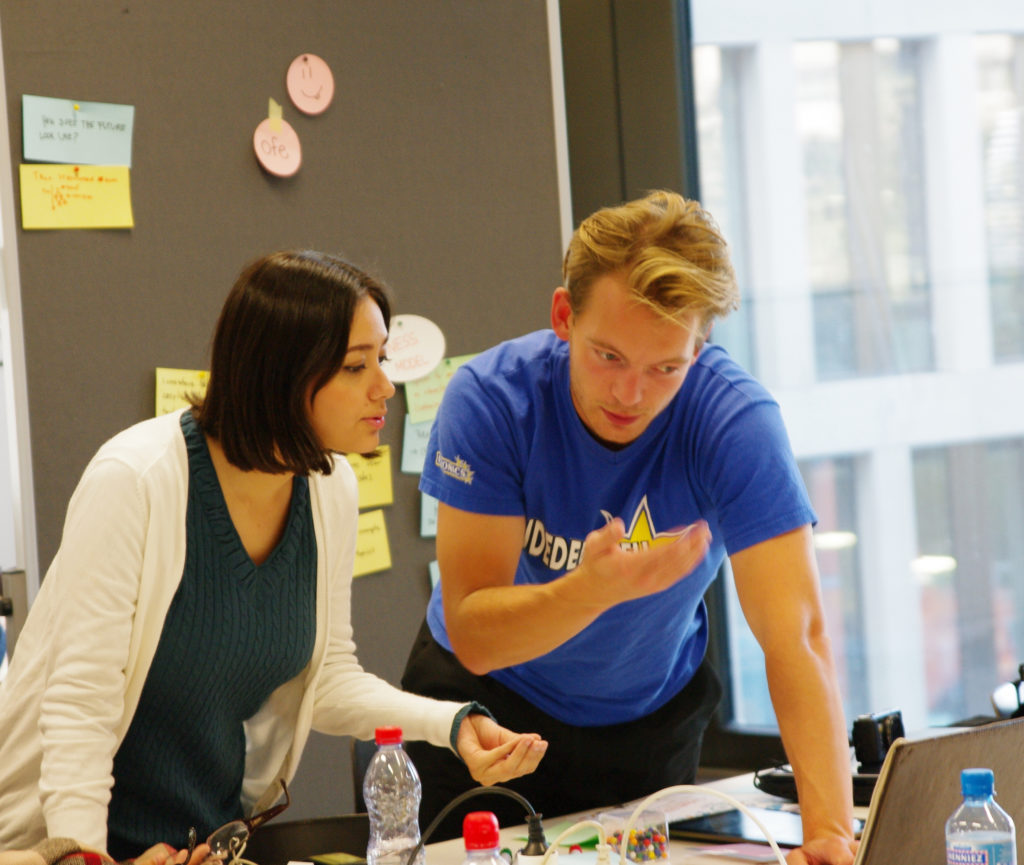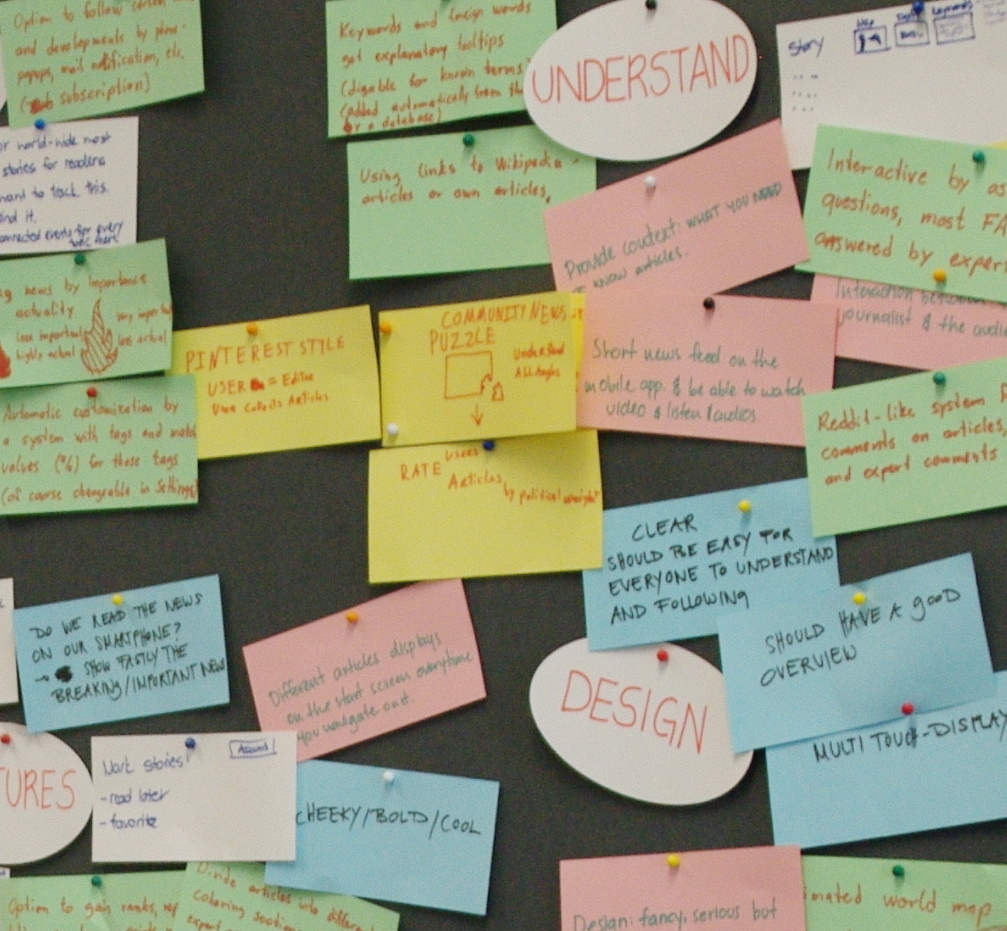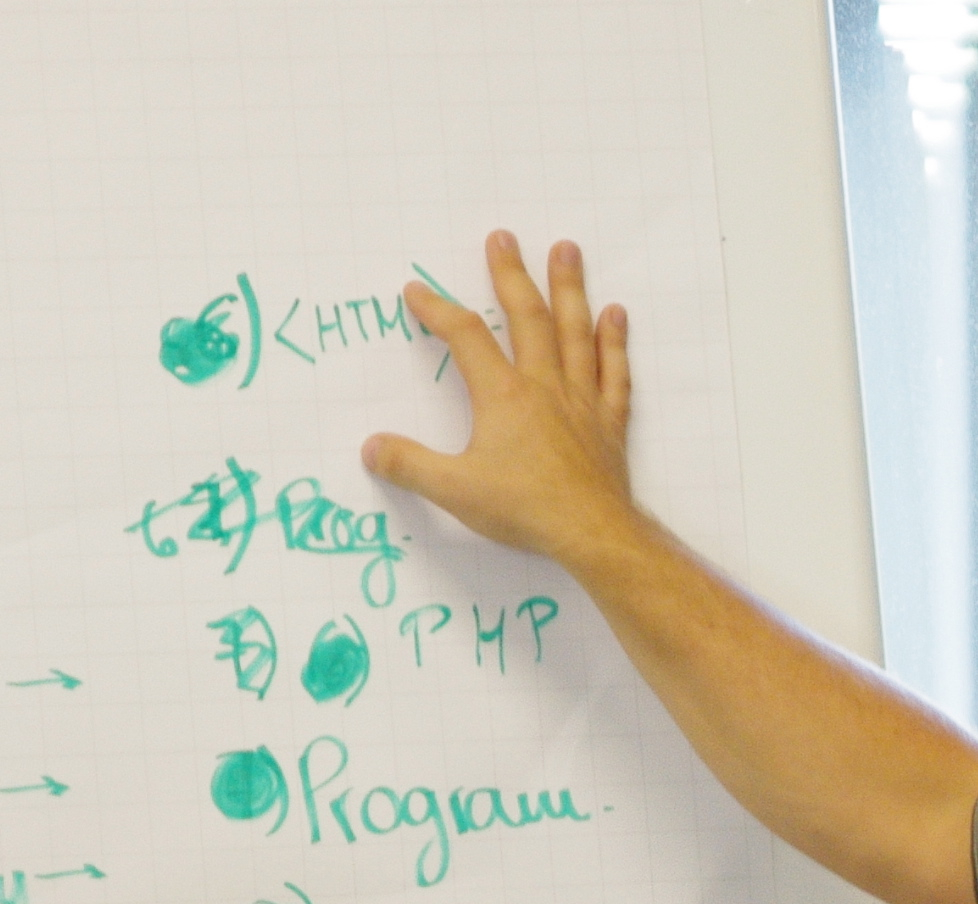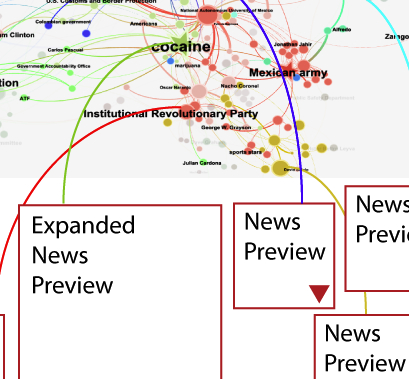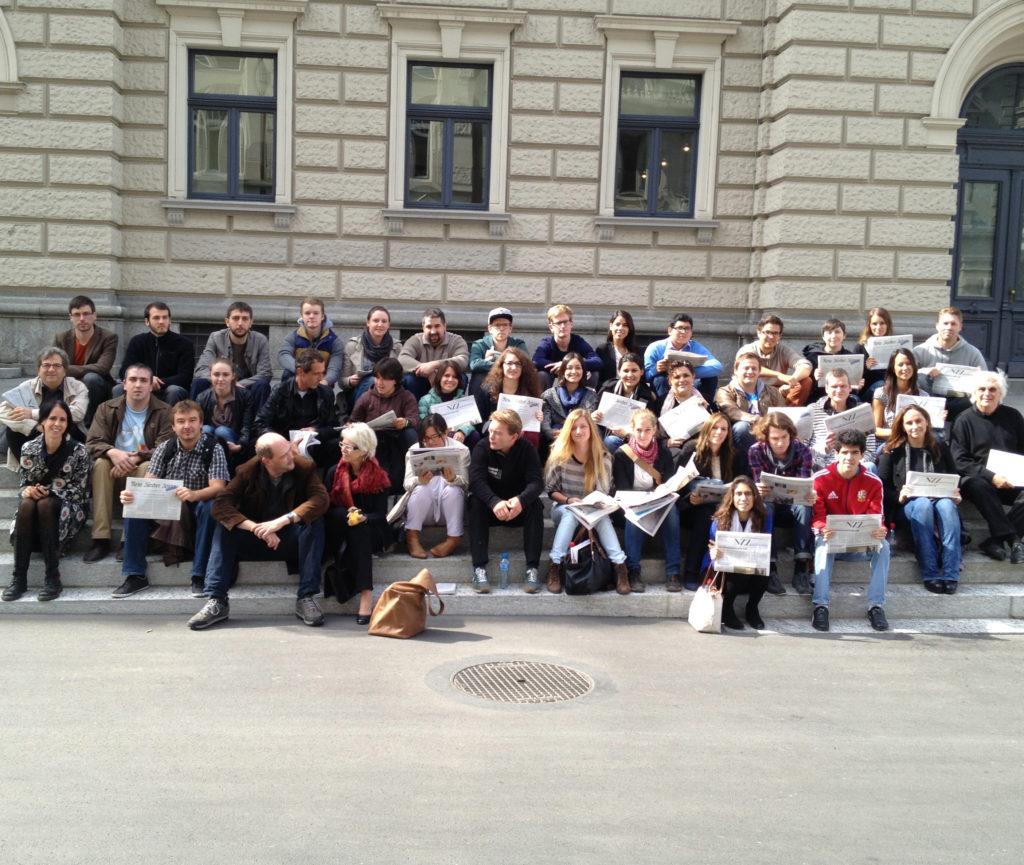
Catch Up! The future of digital news
In collaboration with NZZ Media Group
The project task in autumn 2013 goes into the future of digital magazines: How will magazines look like in 10 years? New media forms will replace paper based magazines and newspapers. They will be based on emerging technologies like e-paper, projection tools or something similar. Interface solutions will contain rich media contents and offer interactive user experience, and users have already started getting familiar to new ways of interaction. And finally, rewarding business models are much needed. The task for POLE -Catch Up! will be to explore these possibilities and to design approaches for future prospects.
Summary
University students nowadays are increasingly challenged within their specific core disciplines. The development of successful products, however, requires additional skills: Students have to be able to apply their knowledge in practice. They also need the ability to work efficiently across different disciplines and cultures. And they will have to cooperate in distributed teams – physically and virtually.
In 2013, iPOLE will be in cooperation with NZZ Media Group, one of the biggest Swiss media companies based in Zurich. They are in the position find new and innovative solutions to help the people to understand and track the news: Magazines have undergone a significant change over the past few years. The classical style of paper based magazines are being replaced by websites, apps and mobile information. They provide new forms of interaction and visualization – yet the business model is unclear so far. The challenge will be to provide concepts that will bring up prototypes for these conditions.
Keywords
POLE, iPOLE, Catch Up!, NZZ Media Group, Neue Zürcher Zeitung, NZZ Lab, design thinking, user centered design, digital news
Goal
The goal is to develop prototypes applying new concepts that anticipate future user behavior and that will help people understand and track news.
Initial situation
The media industry is in the midst of profound structural transformation. In order to address the dramatic changes adequately, publishers and editors have to foster innovation on many levels – in the way they run and administer their businesses as well as in their business models and products. It is not enough to simply continue with the old methods and formats that were successful in daily newspapers for years and publish them on a website. Many readers expect changes in format and content, and the development of technical interactive features. New players in the market are creating new trends, and new services that were not taken seriously a few months ago are now competing on a qualitatively high level with the traditional media in its core business. In 2008, US media expert Jeff Jarvis wrote about this problem: «A series of articles over days cannot adequately cover the complex stories going on now nor can they properly inform the public. There’s too much repetition. Too little explanation. The knowledge is not cumulative… We never catch up, we never get smarter.»
Process and results
After a virtual Kick-Off on video conference and a first research approach, the whole team met physically during the Kick-Off week in Windisch. In a team building process, six disciplinary and nationally mixed groups of around 6 students came together to set up the further planning: What goals have to be achieved? How to distribute the tasks? What do we expect from each other, what kind of problems might come up? A visit at the NZZ Media Group headquarters gave insights into the requirements, the existing news channels and on the further boundary conditions.
The next steps were based on a virtual cooperation. Virtual meetings on a regular base allowed the teams to bring forward their ideas. They conducted surveys, set up scenarios and developed many prototypes in order to structure the information, the interaction and to control the design. Concept studies were carried out and tested with mock up’s on different levels.
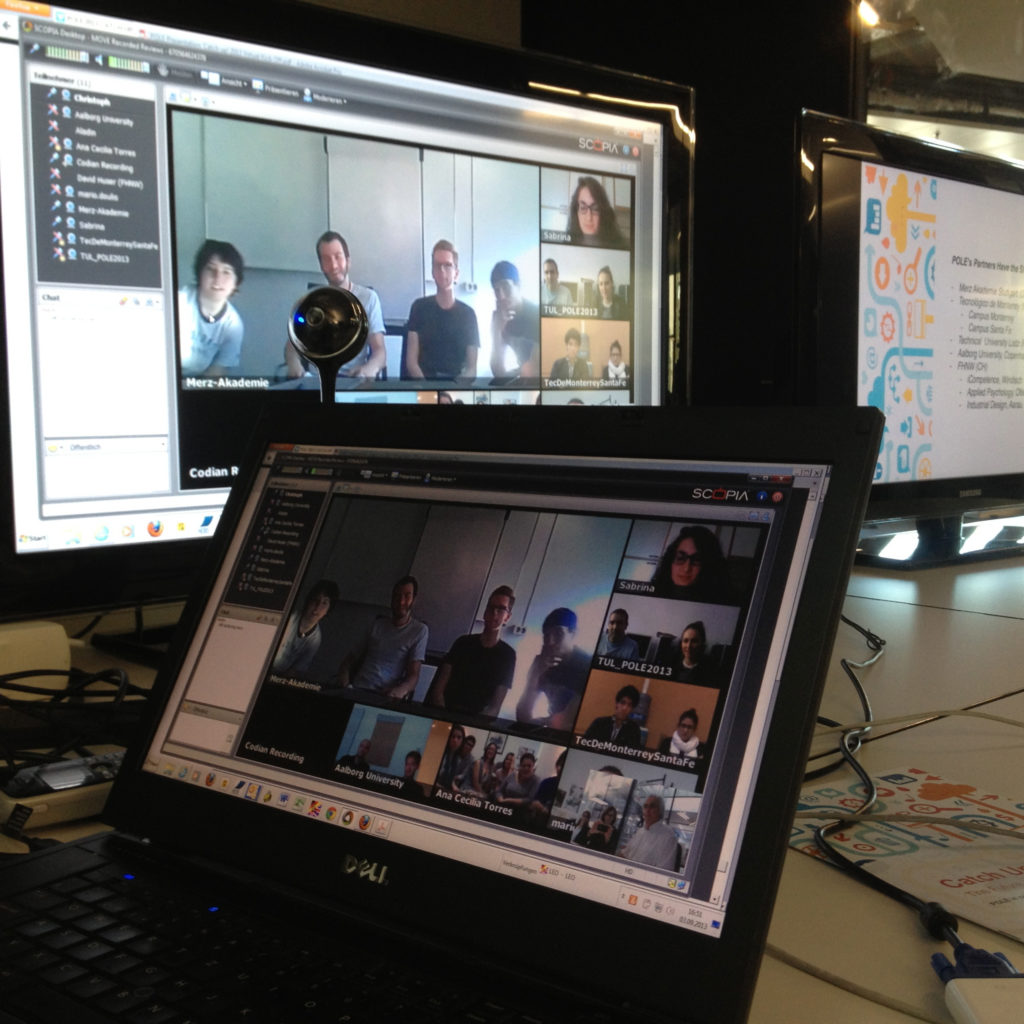
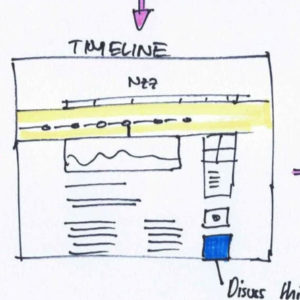

After six month finally the whole group came together again for the final presentation. Six projects containing solutions for new digital news solutions were presented in front of a jury consisting of the industry partner, design experts and the coaches from the participating universities. Have a look on the results below!
Team Snake
- Simon Baer (Merz, Interfacedesign / New Media),
- Florin Gruber (FHNW, iCompetence),
- Ileana Jimenez (ITESM, Journalism),
- Dorota Kaminska (LUT, Computer Science),
- Sabrina Montimurro (Merz, Interfacedesign / New Media)
Coach:
- Sebastian Stroschein (FHNW HGK)
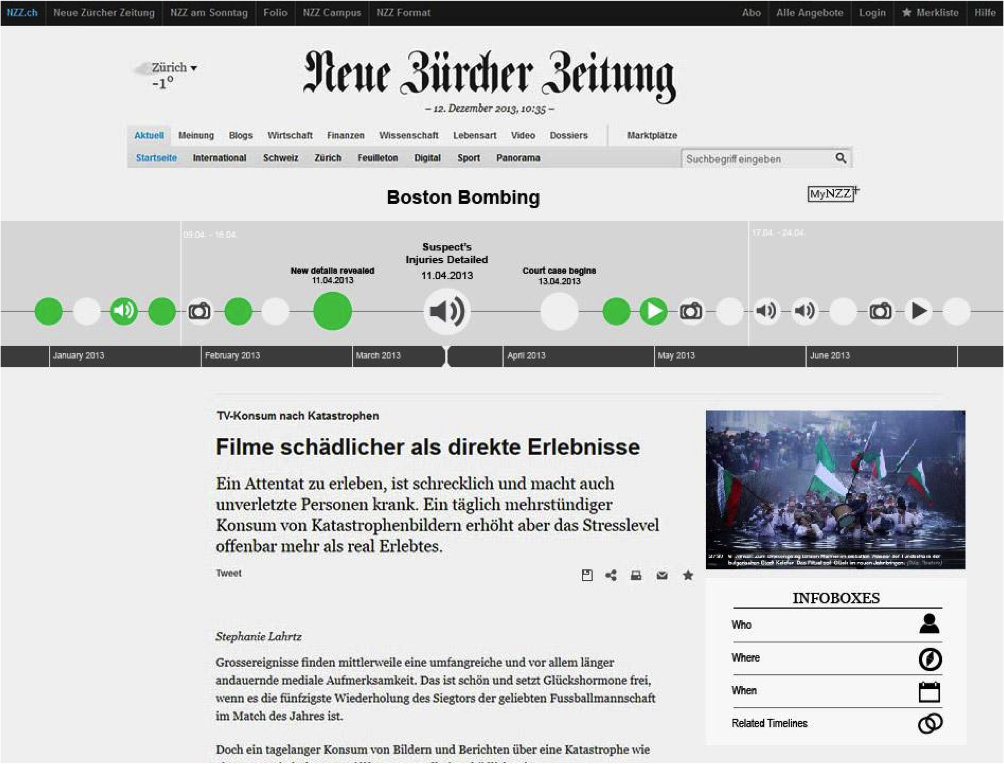

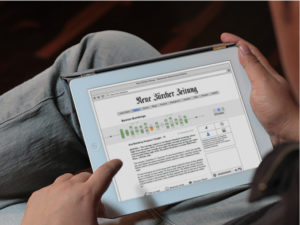
Team Tetris
- Mads Baadsmand (AAU, Medialogist),
- Marisa Bumbacher (FHNW, iCompetence),
- Ofelia Estrada (ITESM, Journalism),
- Kirsten Gmünder (FHNW, Industrial Designer),
- Ralph Gvozdenovic (Merz, Interfacedesign / New Media),
- David Huser (FHNW, iCompetence)
Coach:
- Ana Cecilia (Tecnológico de Monterrey)
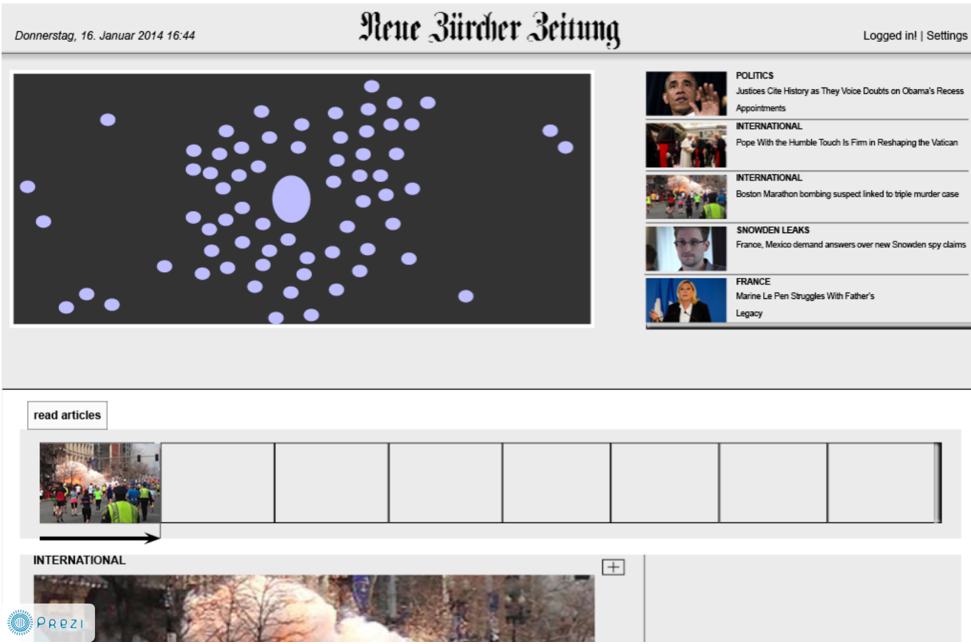
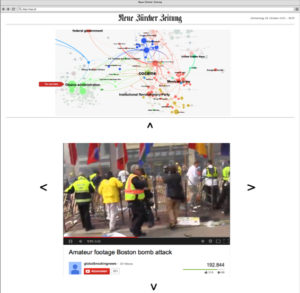

Team PacMan
- Christian Büschi (FHNW, iCompetence),
- Stefanie Fischer (FHNW, iCompetence),
- Kevin Himmelsbach (Merz, Interfacedesign / New Media),
- Valentin Ritler (FHNW, Applied Psychology),
- Renata Soto (ITESM, Journalism),
- Manuela Weingart (FHNW, Industrial Designer)
Coach:
- Mirjam Wattenhofer (FHNW / Google)
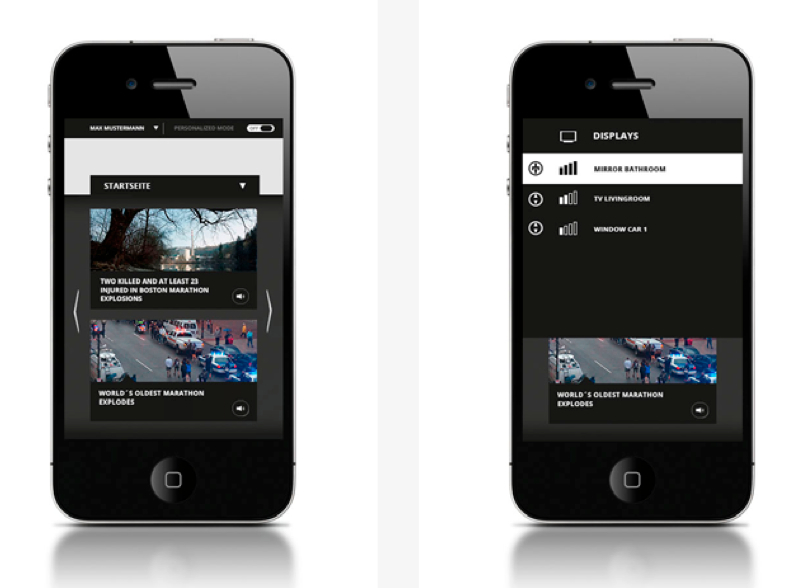
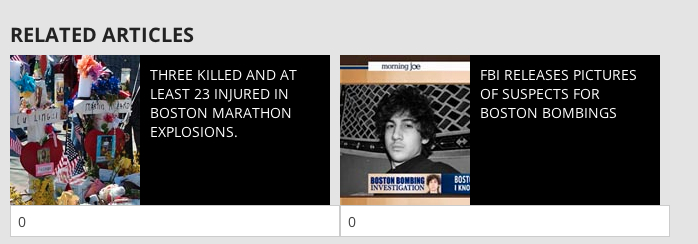
Team Pong
- Gabriela Correa (Merz, Interfacedesign / New Media),
- Francisco Hinojosa (ITESM, Journalism),
- Rebecca Lammers (FHNW, Applied Psychology),
- Adrian Stauffer (FHNW, iCompetence),
- Lukasz Was (LUT, Computer Science)
Coach:
- Magdalena Mateescu (FHNW APS)
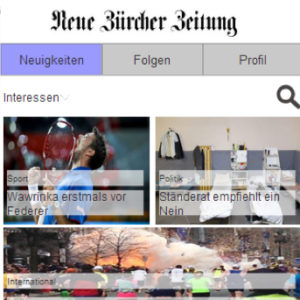
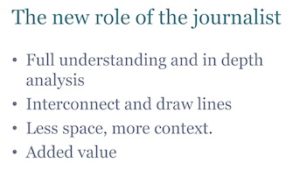
Team SpaceInvader
- Frederic Kindervater (Merz, Interfacedesign / New Media),
- Manuel Nädele (Merz, Interfacedesign / New Media),
- Isis Sanez (ITESM, Journalism),
- Tomasz Sapinski (LUT, Computer Science),
- Cheryl Schlatter (FHNW, iCompetence),
- Michael Sidler (FHNW, iCompetence)
Coach:
- Rolf Nordahl (Aalborg University Copenhagen)

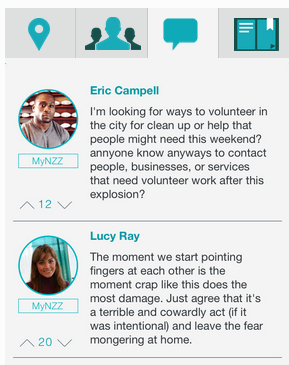

Team Frogger
- Piotr Bugalski (LUT, Computer Science),
- Itzel Hervert (ITESM, Journalism),
- Denise Hoffmann (Merz, Interfacedesign / New Media),
- Aladin Huber (FHNW, iCompetence),
- Alejandro Olivarez (ITESM, Journalism)
Coach:
- Mario Doulis (Merz-Akademie)
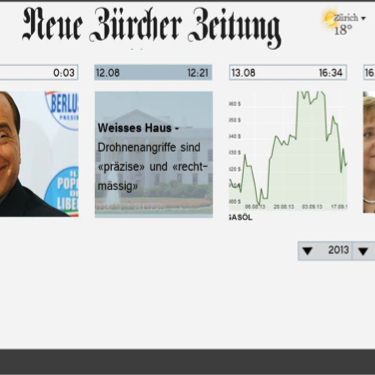
Project details
| Duration: | 1 Semester |
| Teams: | 6 |
| Size of teams: | 5-6 Persons |
Industry partner

NZZ Media Group
Dr. Peter Hogenkamp, NZZ Media Group
Florian Steglich, NZZ Media Group / NZZ Labs
Thom Nagy, NZZ Media Group / NZZ Labs
Project lead iPOLE
Doris Agotai, FHNW, School of Engineering, Computer Science Department
Christoph Holliger, FHNW, School of Engineering / Academy of Art and Design
www.pole-project.ch
Partner Universities
- FHNW, School of Engineering
- FHNW, School of Applied Psychology
- FHNW, Academy of Art and Design
- Merz-Akademie, Stuttgart
- Łódz University of Technology (LUT), Poland
- Tecnológico de Monterrey (ITESM), México
- Aalborg University Copenhagen (AAU), Denmark
Publications
Contact
Doris Agotai, doris.agotai@fhnw.ch
Christoph Holliger, christoph.holliger@fhnw.ch
